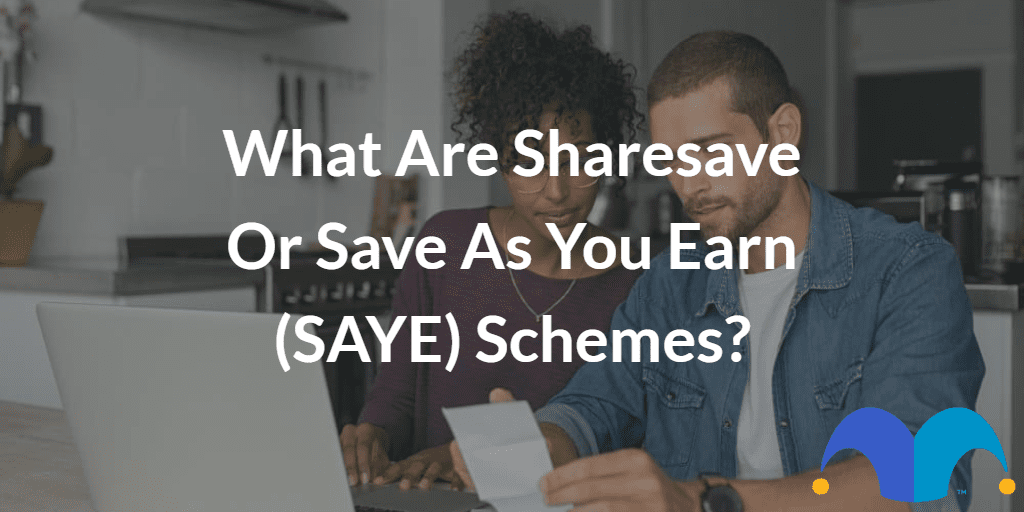Did you know that around one million Brits are part of a sharesave scheme? If your company has a sharesave or save as you earn (SAYE) scheme and you haven’t joined, then you might be missing out.
I take a deep dive into everything you need to know about sharesave schemes from how they work to the pros and cons.
What are sharesave schemes?
Sharesave schemes are a way to buy shares in the company you work for. They are often good value as you might be able to buy shares at a discounted price. After three to five years of saving in a scheme, you will get the chance to buy shares in your company at the rate set when you paid money in – the option price. This is often lower than the current price, so you might make some serious cash.
Here comes the detail:
- Schemes run over three or five years, and you can decide whether to join or not each year.
- At the beginning of each scheme, an option price is set based on the current market price of shares and may be discounted by up to 20%. So, if shares in your company cost £2.50, then your company might discount the option price to £2.
- On joining, you commit to paying in the same amount every month for three or five years. You can pay up to £500 per month in total into a sharesave scheme.
- Your cash will stay in the scheme for three or five years. You can withdraw it early if you choose to, but you won’t be able to buy shares at the option price.
- At the end of the three- or five-year term, you can choose whether you want to buy shares in your company at the option price.
- If you decide to buy shares, then you can keep them or sell them straight away.
- If you keep your shares, then you are allowed to transfer them to your pension or stocks and shares ISA.
How can you make money?
Here are two examples of how a sharesave scheme might work in practice, and how it can make you serious money.
- Vicky joins her company’s SAYE scheme with an option price of £3.20 (a 20% discount on the current £4 share price). She saves £200 per month in the scheme for five years: a total of £12,000. The share price is now £5.50. She buys shares and sells them straight away, getting back £20,625 and making a profit of £8,625.
- Jem joins his company’s scheme with an option price of £3 and contributes £250 per month for five years. After five years, the share price has dropped to £2.20. He decides not to buy shares so withdraws his original £15,000.
What are the pros of joining a sharesave scheme?
- The option price can be much cheaper than the current share price. It’s based on old figures and is also often discounted.
- If you need the cash for an emergency, then it’s possible to withdraw your money during the three- or five-year term. But you will lose the right to buy shares at the option price.
- It’s less risky than normal investments in shares. This is because you will benefit if the share price rises but are not committed to buying if the price drops.
- Your cash will be deducted from your pay before you receive it, so it might be good for reluctant savers.
And what are the cons?
- You need to commit to contributing the same amount every month if you want to buy shares at the end of the scheme. This may not be a good idea if money is tight.
- You will earn no interest on cash saved in the scheme. This means that if you decide not to buy shares, then you could be worse off than saving money elsewhere.
- If you leave the company, you will usually not be able to buy shares. There are exceptions if you have been in the scheme for more than three years or if you leave due to redundancy, retirement, sickness or a company takeover.
- You might be tempted to keep lots of shares in your company rather than selling them. This is a risky strategy as you will have all your eggs in one basket and could lose out if your company does badly. If you want to invest in shares, then it is usually less risky to have a diversified portfolio.
